How To Make Learning To Read and Write Fun For Students
Learning doesn’t have to be a boring activity requiring students to sit quietly behind a desk. Learning can be engaging and fun! A simple activity like learning how to write and spell words can be taught in ways that challenge students, while in enjoyable and creative ways.
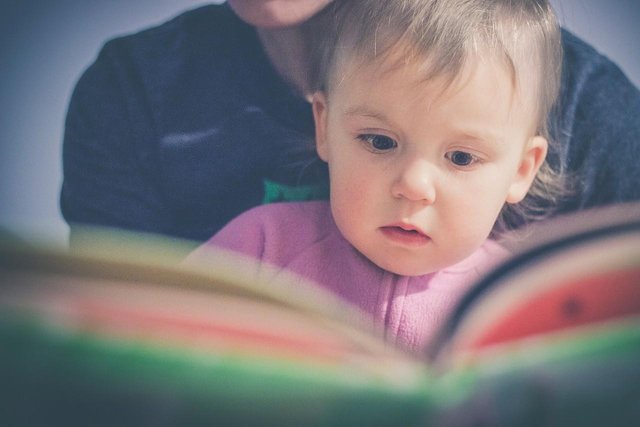
Start When Children Are Young
It is helpful to introduce the alphabet to children when they are young, around the age of three. Simple letters should be introduced first, and then as a child grows older, more complex concepts like words and sentences can be introduced. Parents and teachers need patience and understanding to teach young children how to read and write correctly. Letters, words, and sentences can be taught to children using fun activities like games, songs, rhymes, and more to aid them in remembering and retaining the knowledge they learn.
The process of teaching children to read and write requires practice and repetition. Depending on a student’s age, different levels of difficulty, activities, and learning tools will be used to teach reading and writing. Younger children require more simple instructions while older children can be given more complex assignments and concepts. Practicing reading and writing regularly helps children master the tasks and advance to higher levels of learning.
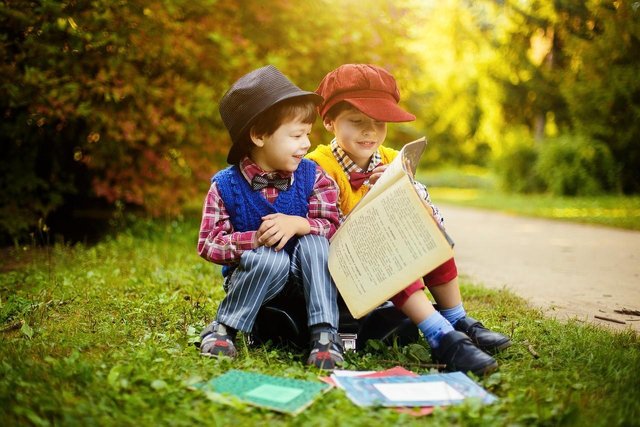
Below Are Some Tips For Teaching Young Children to Read and Write
Writing Should Be Fun
Learning to read and write should be enjoyable for children. Teachers should encourage reading and writing by engaging children in material that is appealing and fun for them. Reading and writing games change class time into playtime by giving children a challenge.
Fun Reading and Writing Game Ideas
- Teachers can create writing activities that involve writing answers or stories about funny topics.
- Spelling Bees are fun competitions where students compete to spell as many words as they can correctly. When students misspell their word they are eliminated. The student who is the last one standing who spells all their words right can win a prize.
- The teacher can write a word and have each child write another word starting with the last letter of the teacher’s word. For example: “Book:” A child could write “Kangaroo.”
- Teachers can give students adlib stories where there are blank spaces where students can put their own words into the story. For example: The (insert animal here) went to the park and ate (insert food here). A student could fill in the blank by saying “The elephant went to the park and ate ice cream.”
Teachers can be creative and can invent fun and exciting games to help their students learn to read and write.
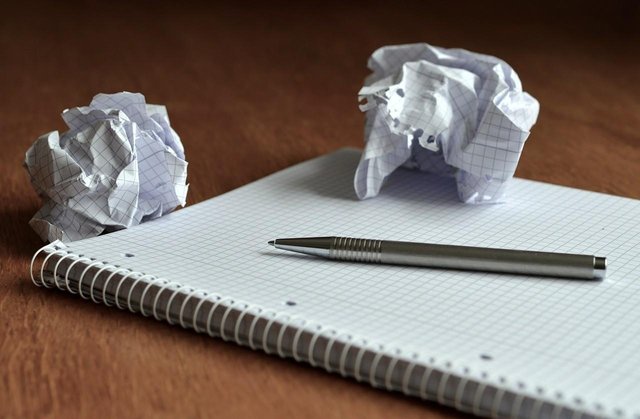
Learn How To Free Write
Give students a blank piece of paper and let them write whatever they want. A teacher can give the students a writing prompt with a topic to help them get started. Students can be creative and use their imagination to write whatever comes to mind. By free writing students are given a bit of freedom away from typical book and structured assignments. Free writing allows students to think for themselves and practice their reading and writing skills.
Start With Small Goals
Writing papers and essays can be difficult. It is important to start students off with small assignments and gradually make them more complex as children’s skills evolve. Start off assigning one page papers in the beginning. As students become better writers a teacher can give them two, three, four, and more pages to write.
One fun activity with younger students is to give students pieces of paper in the shape of leaves. Each student is asked to come up with a story and write one bit of story on each leaf. Every day a new section of the story is added to new leaves. Over time the leaves are taped to a poster board to make leaves on a tree. Use a marker to draw the trunk and branches. When their story is done they can see all the leaves representing how all the different parts make up an entire story.
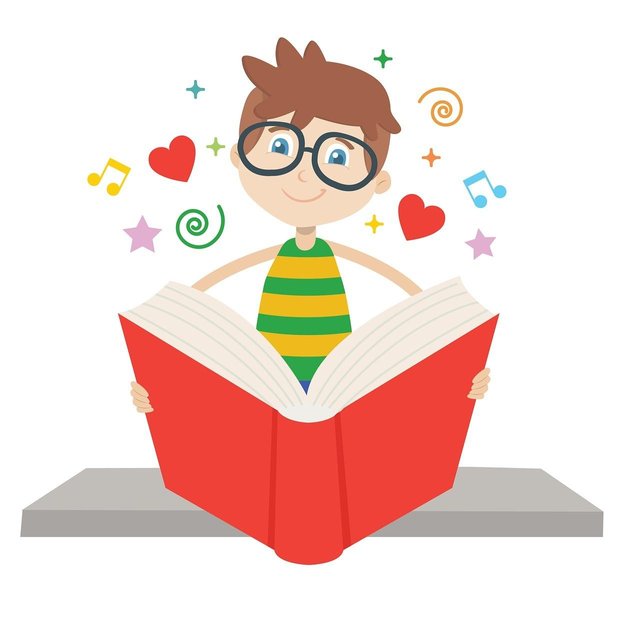
Small Criticisms, Large Praise.
When learning to read and write, children won’t master the skills perfectly. They need time to develop their abilities. Teachers should take their time with students and shouldn’t push them to develop faster than they are capable of. Praise is very important to give children, even if it is for something small.
Criticizing a student can have adverse effects and can hurt their self-esteem. Be careful with criticizing students and focus more on praising positive efforts. If students are made to feel good about their achievements then they will be encouraged to work hard and continue trying to learn.
Show Children Different Writing Techniques and Tools
When people imagine writing they see a person holding a pencil and drawing on paper. Teachers can show students a variety of ways to write to show students the different ways to put words to paper.
Pencils are great tools because they have erasers, which can erase mistakes made while learning to spell and write. Children can be taught how to print letters and also how to write in fancier styles like cursive. Pens, markers, and other drawing tools are nice to use to mix up visual looks of words on paper. Once children have mastered using their hands to write words then computers can be introduced to them so they can learn to type words into word processing documents.
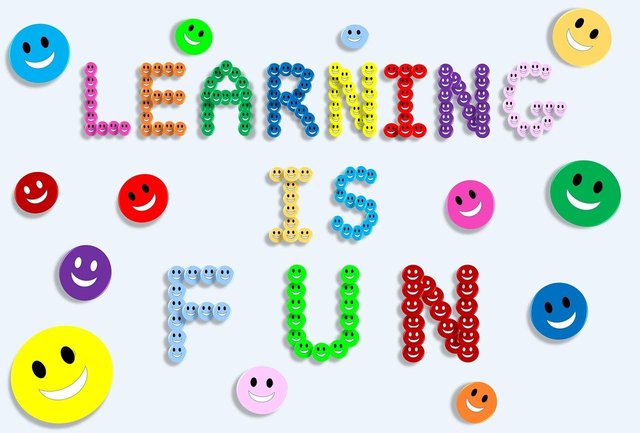
Reading and Writing Are Fun!
Learning how to read and write shouldn’t be a chore. Teachers can make these activities fun and enjoyable for children in creative ways. Students learn better when they are happy and engaged with their assignments. Teachers have numerous tools and techniques that they can use to make learning how to read and write enjoyable tasks for their students to learn.
Reading and writing activity were a great actions students do in the class. They have to love these learning activities. They should not hate it. So the teachers must make these activities more fun and enjoyable for children in creative ways.
Nice post buddy, I like this one. That is right, the teachera must be morw creative in giving a reading and writing learning process to their students. In order not to make students bored in learning process. Thanks for aharing
I 100% agreed with you that learning was not a boring activity, it was not the students just listen carefully to the teacher but they have to be involved in learning activity actively. Thanks a lot for sharing buddy.
you are Welcome..
It was very nice information and education about the method of teaching our children in developing reading and writing acyivities. Thanks a lot for sharing such a good idea buddy. Good luck in your
Thank you very much
Writing and reading were the two important aspect for our children in developing their intellegence. They have to focus on writing and reading class. In order to get more clever in others aspect of learning. Thanks for sharing fata
good post @fataelrumy! Make children happy and love reading and learning activities there is no other method other than a fun learning process. The world of children is a world of play, learning activities for early childhood must be fun and not pushy, the method of teaching is not burdening the child..
Your post is very useful. Children who are fully educated will become a person of a healthy character, happy and successful future. Of course children's right to play and learn can be fulfilled, learning without coercion, no burden is independence for children. thank for your share.., 👍
you are Welcome
I have just been writing about ways to make writing fun. I hope you don't mind the sharing of the link here. Hopefully people who enjoyed your article will also enjoy this https://steemit.com/steemiteducation/@jmcmeekin/learning-to-read-by-learning-to-programme-in-scratch